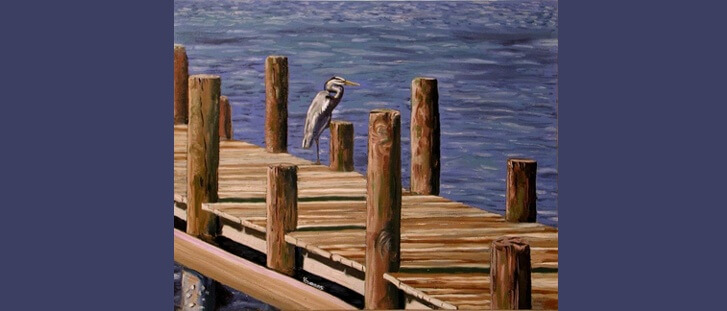This outlines exactly what an Anal Fissure is, how it can occur, how it can be treated, and what pain or side effects you can expect.
We would be interested to hear how your experience compares to the textbook! Please feel free to post your comments.
Colorectal Surgical Society of Australasia wrote:What Is A Fissure?
A fissure is initiated by a small split in the lower third of the anal canal. This split fails to heal and becomes established as a painful longitudinal ulcer associated with spasm of the anal sphincter muscle.
Cause
Most anal fissures arise following trauma (injury) to the anus. The commonest trauma is that occasioned by the passage of a hard constipated stool. However, anal fissures can occur during bouts of diarrhoea, childbirth etc. An anal fissure is a simple mechanical problem and does not "turn to cancer".
Symptoms
Pain is the major symptom of anal fissure. It comes on at the time of defaecation and lasts for a variable period afterwards. It is mainly due to intense spasm in the internal anal sphincter muscle. Bleeding is a commonly associated symptom, especially when the fissure first develops. An anal lump may be noted. This may be a swollen skin tag associated with the fissure.
Medical Treatment
About 50% of anal fissures heal without the need for surgery. Many acute superficial fissures heal spontaneously. Even deep chronic fissures can heal with conservative measures of dietary management (regular meals with increased fibre content), use of stool bulking agents (such as Agiofibe, Normacol or Metamucil), and frequent warm baths. If the anal fissure is to heal this should occur within a few weeks. Recurrence of the fissure months or years later may occur.
Surgical Treatment
The surgical treatment of an anal fissure can usually be performed as a day procedure with minimal hospital stay. The usual operation is "sphincterotomy" which is done under anaesthesia. This operation involves a small cut near the anal opening, with the division of the lowest part of the internal anal sphincter muscle. The fissure itself may not be removed. The spasm is relieved and the fissure is then able to heal. Any large or troublesome skin tag related to the fissure is removed.
Results
Prompt relief from the pain is to be expected, even though healing of the fissure may take some weeks. In a small number of people (about 5%) the fissure does not heal and the sphincterotomy may need to be repeated. Once surgical cure has been achieved less than 10% of people will develop another fissure.
Complications Of Surgery
These are very uncommon as the operation is simple and safe. Rarely there may be post operative bleeding. In approximately 5% of patients the healing of the wounds may be delayed.
Anal Sphincter Function After Surgery
The small incision in the internal anal sphincter (sphincterotomy) may result in a slight imperfection in the control of "wind" in the rectum. This is usually a temporary problem. Incontinence of faeces (loss of control of bowel movement) is an extremely rare complication.
